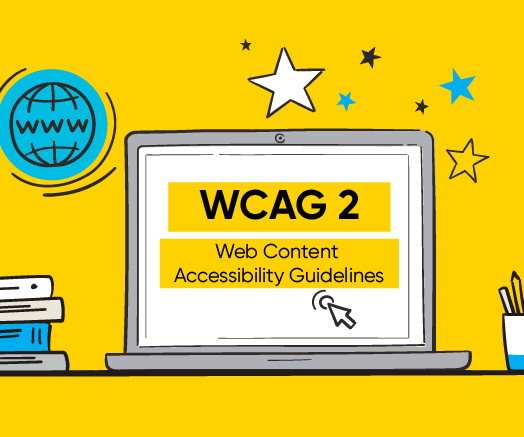Make your training website more accessible: 10 essential tips
Arlo Training & Events Software
APRIL 23, 2024
In this blog post, we share ten beginner tips you can implement to start making your website more accessible. Web accessibility is important because it ensures that all individuals, regardless of their physical or cognitive abilities, have equal access to information and functionalities on a website. currently under development.























Let's personalize your content